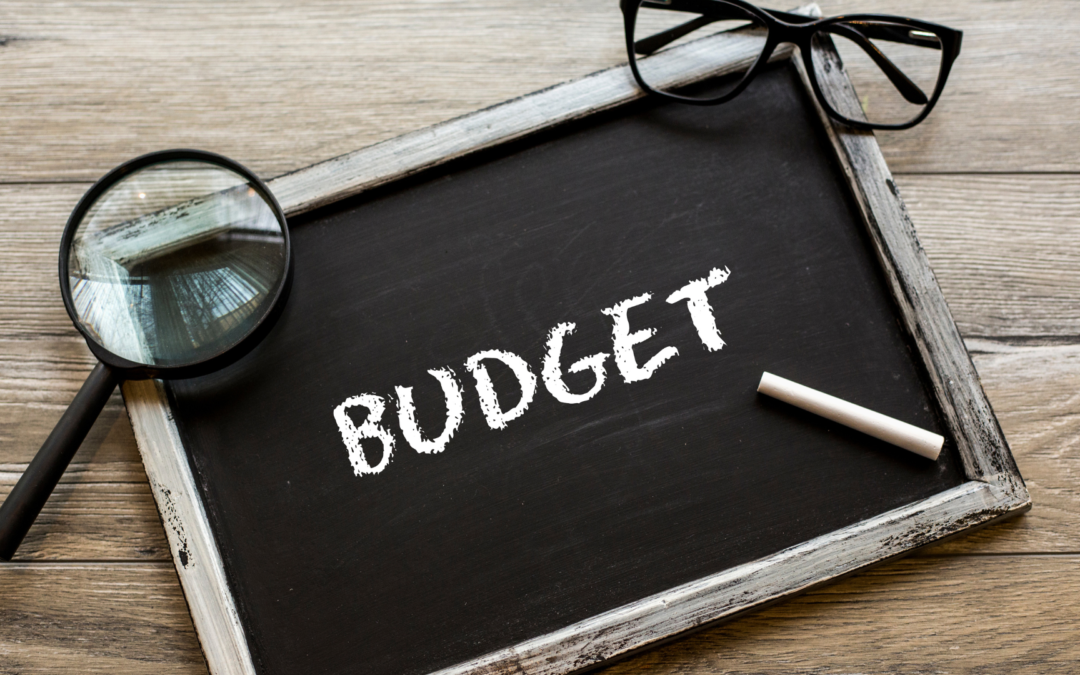Creating a budget can be overwhelming and intimidating, but it doesn’t have to be. With a few simple steps, you can create a budget that works for you and your financial goals. In this article, we’ll outline five steps to help you create a budget that you can stick to.
Step 1: Determine your income and expenses
The first step in creating a budget is to determine your income and expenses. This means looking at how much money you bring in each month and how much you spend. Start by making a list of all your income sources, including your salary, side hustles, and any other sources of income. Next, list all your monthly expenses, including fixed expenses like rent/mortgage, utilities, and car payments, as well as variable expenses like groceries, entertainment, and other discretionary spending.
Step 2: Set your financial goals
Once you have a clear understanding of your income and expenses, the next step is to set your financial goals. This includes both short-term goals, such as paying off debt, as well as long-term goals, such as saving for retirement. It’s important to be specific and realistic when setting your goals. For example, instead of saying “I want to save money,” set a specific savings goal, such as “I want to save $5,000 for a down payment on a house in the next 12 months.”
Step 3: Track your spending
Now that you know your income, expenses, and financial goals, it’s time to start tracking your spending. This means keeping track of every penny you spend, so you can see where your money is going. There are many apps and tools available to help you track your spending, or you can simply use a spreadsheet. The key is to be consistent and honest with yourself about where your money is going.
Step 4: Create a budget
With a clear understanding of your income, expenses, financial goals, and spending habits, it’s time to create a budget. Start by allocating your income to your various expenses and savings goals. Be sure to prioritize your expenses based on your needs and financial goals. For example, if your goal is to pay off debt, you may need to cut back on discretionary spending to free up more money to put towards debt repayment.
Step 5: Review and adjust your budget regularly
Creating a budget is just the first step. To make it work, you need to review and adjust it regularly. This means checking in on your spending and comparing it to your budget regularly. If you find that you’re consistently overspending in one area, you may need to adjust your budget to make it more realistic. Likewise, if you find that you’re consistently under-spending in one area, you may be able to allocate more money towards your financial goals.
Creating a budget that works for you is a process, but it doesn’t have to be complicated. By following these five simple steps – determining your income and expenses, setting your financial goals, tracking your spending, creating a budget, and reviewing and adjusting it regularly – you can create a budget that helps you achieve your financial goals and live the life you want. So, start today, and take control of your finances!

